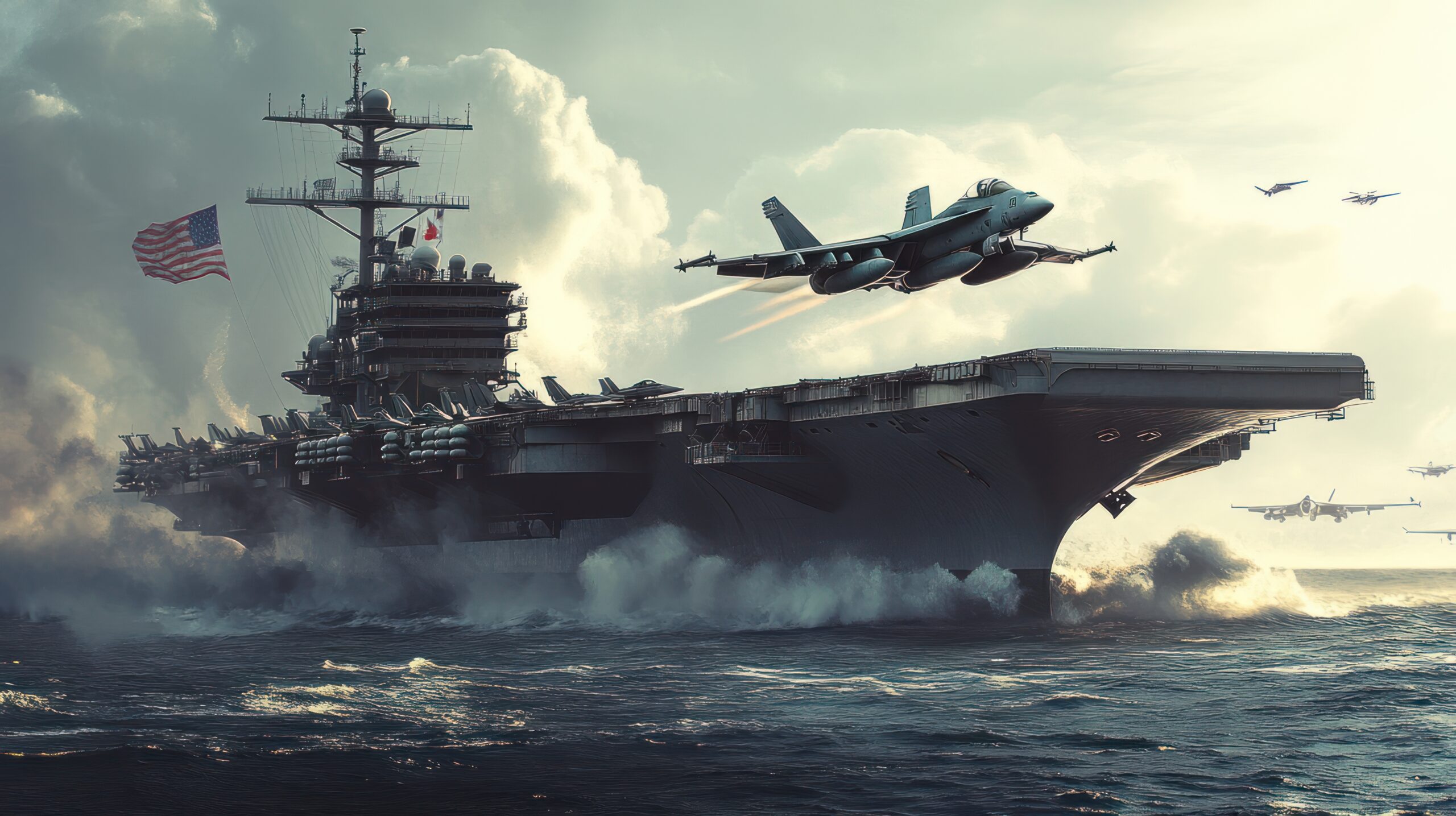Happy Birthday Navy!
By David Cano
My daughter Niah and I, recently attended the retirement ceremony of a Great Leader and Master Chief Petty Officer who has completed 24 years of Active-Duty service. The retirement ceremonies of Sailors are filled with tradition and emotion, but they are also wonderful gatherings of friends and families that have made it possible for the retiree to endure the sacrifices of a Naval Career. The United States Navy is the most powerful Navy in the world greatly because of its incredible legacy, traditions, technologies, systems, and global maritime infrastructure. But its greatest weapon is the Honor, Courage, and Commitment of the Sailors who have worn the uniform and carried out their duties with immense dedication. The following evening my wife Rebecca and I attended a Navy ball celebrating its 250th birthday. It was an event that was organized by a Joint Base San Antonio Navy Ball committee. Many of the attendees were current Active-Duty personnel but we were fortunate to sit with two wonderful couples at our table, both retired like we were, and spent the evening with fun conversations and stories. We met for the first time that night, but there is a degree of kinship and camaraderie that evokes such familiarity based on shared experiences of family sacrifice and personal mission.
This weekend the U.S. Navy and several of its commands celebrated the Navy’s 250 Birthday. The Navy was officially born on Oct 13, 1775, with the stroke of a pen within the Continental Congress of the time. Certain delegates like John Adams were strong proponents of a Navy as a critical feature of National security and sovereignty. The strongest Navy and military in the world at the time belonged to Great Britain whom we would eventually defeat earning our independence. Our first ships were vessels that were fitted to perform certain maritime functions and help protect growing American commerce and trade in parts of the world, especially the threat of piracy. Later during George Washington’s presidency, Congress authorized the construction of six frigates, 3 of which were ultimately finished. The United States Navy’s infrastructure was underway. Since 1775 till today, the Navy has grown to the power it has and has assumed the role of providing security of the seas to American interests and has engaged in battles and warfare ultimately defeating our enemies in almost all conflicts we have engaged in. Naval buildup has existed throughout the decades during different U.S. presidential administrations as a sign of military, industrial, and economic growth regardless of the global geo-political landscape of the time. But there are two eras that are very distinct in terms of warfare that embodied victory on the seas for the US Navy and those are the War of 1812 and World War II.
Events leading up to the War of 1812 consisted of threats and hostile acts towards American Sailors and vessels at Sea from piracy launched by Pirates along the Barbary coast and from the British Navy through attacks and impressment. The British government had difficulty accepting the outcome of the Revolutionary War. The spirit of unconventional warfare that provided battlefield victories during the Revolutionary War manifested itself in daring attacks and missions launched by men like John Paul Jones and Stephen Decatur which provided powerful statements to America’s enemies. But it was the High Seas engagement between American ships like the USS Constitution and others that pummeled and defeated British vessels at their own style of warfare that established the precedence of victory and possibility from the U.S Navy. As decades passed and the 20th century came, leaders and visionaries like Theodore Roosevelt greatly pressed for American Naval power and superiority as a sign of national strength. Then, in 1941 Japan attacked Pearl Harbor thrusting the United States into World War II. The Navy’s spectacular performances against the audacity and power of the Japanese Navy on the Pacific side and against the prowess of the German U-boat threat on the Atlantic side, brought our legacy and heritage of victory to the greatest level.
Today the United States Navy consists of Aircraft carriers that are forward deployed as well as being berthed along the West and East Cost. The United States Navy possesses Destroyers with incredible surface to air/surface attack capabilities and submarines with the most sophisticated weaponry and communication systems. There are also amphibious vessels that hold and transport amphibious attack units like Marine expeditionary groups along with several other vessels that perform critical maritime roles and functions. But the most powerful weapon in the United States Navy is the Sailor. It is the Petty Officers, the Chiefs, and the Commissioned Officers who “represent the fighting spirit of the Navy, and those who have gone before us to defend freedom and democracy around the world”. It is the unbeatable combination of their grit and toughness along with their humanity and heart to support and take care of their fellow shipmates. It is the American Sailor and their family who bear the burden, pay the price, and many times do it with grace and a warm smile. My 21 years in the United States Navy was a blessing and an adventure. I can still remember my very first night in boot camp where I was able to lay my head on my pillow on my rack for the first time, and the thought that went through my head. “Wow. I’m actually in the U.S Navy”. President John F. Kennedy famously said, “Any man who may be asked in this century what he did to make his life worthwhile, I think can respond with a good deal of pride and satisfaction: I served in the United States Navy”. Happy Birthday Navy! Anchor’s Aweigh!


